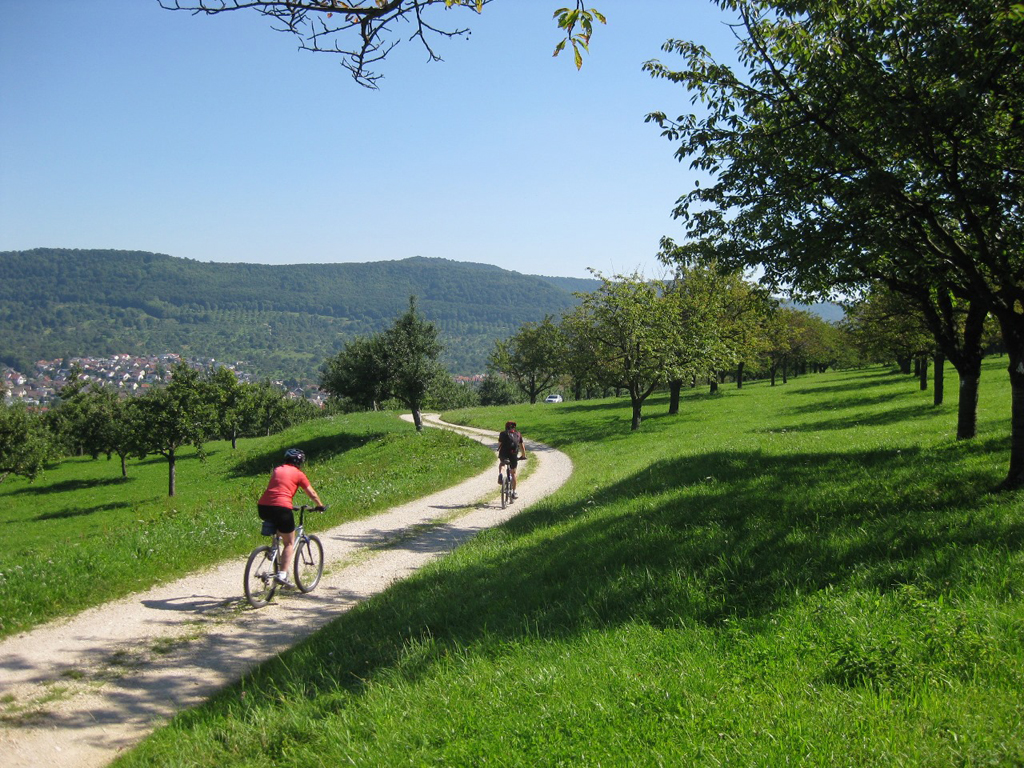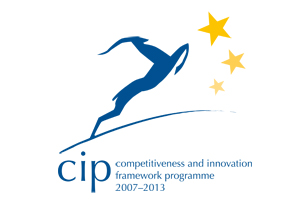Knowledge Networking Portal for Sustainable & Responsible Tourism










 Biosphärengebiet Schwäbische Alb
Biosphärengebiet Schwäbische Alb
| Contributor | DiegoNunez |
|---|---|
| Country | Germany |
| Keywords |
|
| Organisation | Geschäftsstelle Biosphärengebiet Schwäbische Albbeim Regierungspräsidium Tübingen |
| Postal address | Von der Osten Straße 4, 6 (Altes Lager), 72525 Münsingen-Auingen, Germany |
| Cell phone | 07381/ 9329380 |
| biosphaerengebiet@rpt.bwl.de | |
| Webpage | http://biosphaerengebiet-alb.de |
| Release date | 30/03/2018 |
| Landscape type | Protected |
| Topics |
|
| GSTC Criteria for Destinations |
|
| Marketplace category |
|
| Type |
|
| # | File name | Contributor | Release date | Uploaded by | Upload date | Size | Content type |
|---|
 Winner of the Bundeswettbewerb Nachhaltige Tourismusregionen 2016/17
Winner of the Bundeswettbewerb Nachhaltige Tourismusregionen 2016/17
| Good Practice Innovation Sheet | ||||
 |
||||
| Items | Description | |||
| 1. WHO | ||||
| Key people and organisations (initiator, leader, partners) | Center of the Swabian Alb Biosphere Reserve in Münsingen-Auingen (Baden-Württemberg/ Germany) | |||
| Key Figures | Surface | Inhabitants | Tourism arrivals | Tourism nights |
| |
||||
| 2. WHY - 3. HOW | ||||
|
Reason for taking the good practice action/ Issues and challenge Methods /steps / tools used (to develop the good practice) |
Conservation of nature and the environment In the biosphere region, green tourism development is a priority. This is achieved through a carefully crafted blend of visitor management, tourism stakeholder engagement, development of sustainable tourism services and a quality visitor experience. For example, as part of last year’s projects, the network of hiking trails was consolidated, 31 top trails were upgraded, nine thematic cycle tours were developed and additional opportunities for naturewatching were created. On principle, only sustainable, eco-friendly amenities are advertised through the biosphere media. In addition, clearly defined quality standards apply to hiking, cycling, the culinary offer and nature-watching. Green visitor mobility is another priority in the biosphere. A Biosphere Bus has been introduced, several leisure buses are now equipped with cycle trailers and the leisure network has improved. With a view to improving local public transport, a survey of certified Biosphere Partners was conducted and the findings are now being acted upon. Additional local public transport is provided for major events and this has resulted in new services being integrated into the regular timetable. |
|||
| 4. RESULT | ||||
| Specific/measurable results, benefits |
Winner of the Federal Competition Sustainable Tourism Destinations in Germany (2016/2017) |
|||
| Recognitions (e.g. awards) | ||||
| 5. REFLECTION | ||||
|
Specific /measurable results, benefits
|
Regional awareness of sustainability issues Numerous tourism stakeholders were involved in securing UNESCO recognition for the biosphere. More than 200 people participated in preparing the framework document in various forums and more than 1500 citizens contributed their ideas on the region’s sustainable development. UNESCO status initiated a dynamic process which is reflected in a multitude of regional initiatives. Since then, more than 200 sustainable development projects have been launched, almost half of which consisted of investment in the tourism sector.
Quality and sustainability: the perfect partnership In the biosphere region, new product development is always guided by the principle: “More quality, more conservation of biodiversity, more regional value added”. With the targeted involvement of local product marketers, hotels and restaurants, new ideas and attractive offers for tourists are developed and implemented. For example, two rural districts worked with the tourism, hiking and nature conservation organisations to redesign all the hiking trails in and around the Swabian Alb Biosphere Reserve. This project is now being implemented. Certified Biosphere Partners offer a guest-oriented experience of nature combined with high quality standards. Currently, more than 100 businesses are recognised as Partners in the biosphere region. Strict criteria apply, including at least one energy efficiency or environmental consultation for small businesses and certification in environmental protection for large businesses, and all Partner hotels have introduced the EU Eco-Management and Audit Scheme (EMAS), the strictest of its kind in Europe. Local restaurateurs have joined together to launch the Biosphere Hosts association, in order to underscore their connection with this unique cultural landscape and their passion for their work. Their guests can enjoy speciality products typical of the Swabian Alb – spelt, lentils, juices from the region’s extensive meadow orchards, and quality wines and spirits in creative compositions – or simply relax in tastefully furnished accommodation.
Category: Regionality Creating new experiences from well-preserved heritage – this is one of the successes achieved by Swabian Alb tourism stakeholders. Cultural identity is a key factor here and is embedded as a strategic element of the framework document for the biosphere region. All its cultural offers must meet specific quality standards in order to be marketed to tourists. Regional events,leading-edge projects and the Partner scheme all help to foster ideas and initiatives that are rooted in culture and heritage, forging a strong common identity for local communities. |
|||
|
Lessons learned, Challenges met, Critical success factors |
The Biosphere Reserve is a good example of how tourism can work as a driver of sustainable development across the entire area. The closure of the Münsingen military training ground initiated a conversion process which, with the creation of the Biosphere Reserve, has led to a consistent focus on sustainability throughout the region and an image upgrade par excellence. As a result of the developments over recent years, “quality of life” and “identity” are well-established as selling points, with sustainability as the core element. A wide range of tourism service providers, local producers and tourism organisations are working together towards shared goals. Consistent networking creates synergies and a sense of community identity. The common denominator of quality and sustainability leads to high-standard products and services which evoke positive emotions. |
|||
| 6. MORE | ||||
| web-references, documents |
The text above has been taken from the Report “Sustainable Tourism Destinations in Germany”: https://www.deutschertourismusverband.de/fileadmin/Mediendatenbank/Bilder/Impulse/Nachhaltigkeit_Englisch.pdf Lighthouse project: Hofgut Hopfenburg Holiday Resort https://www.hofgut-hopfenburg.de National tourism marketing: http://www.germany.travel/en/leisure-and-recreation/natural-landscapes/biosphere-reserves/unesco-swabian-alb-biosphere.html Contact for further information: http://biosphaerengebiet-alb.de |
|||














































